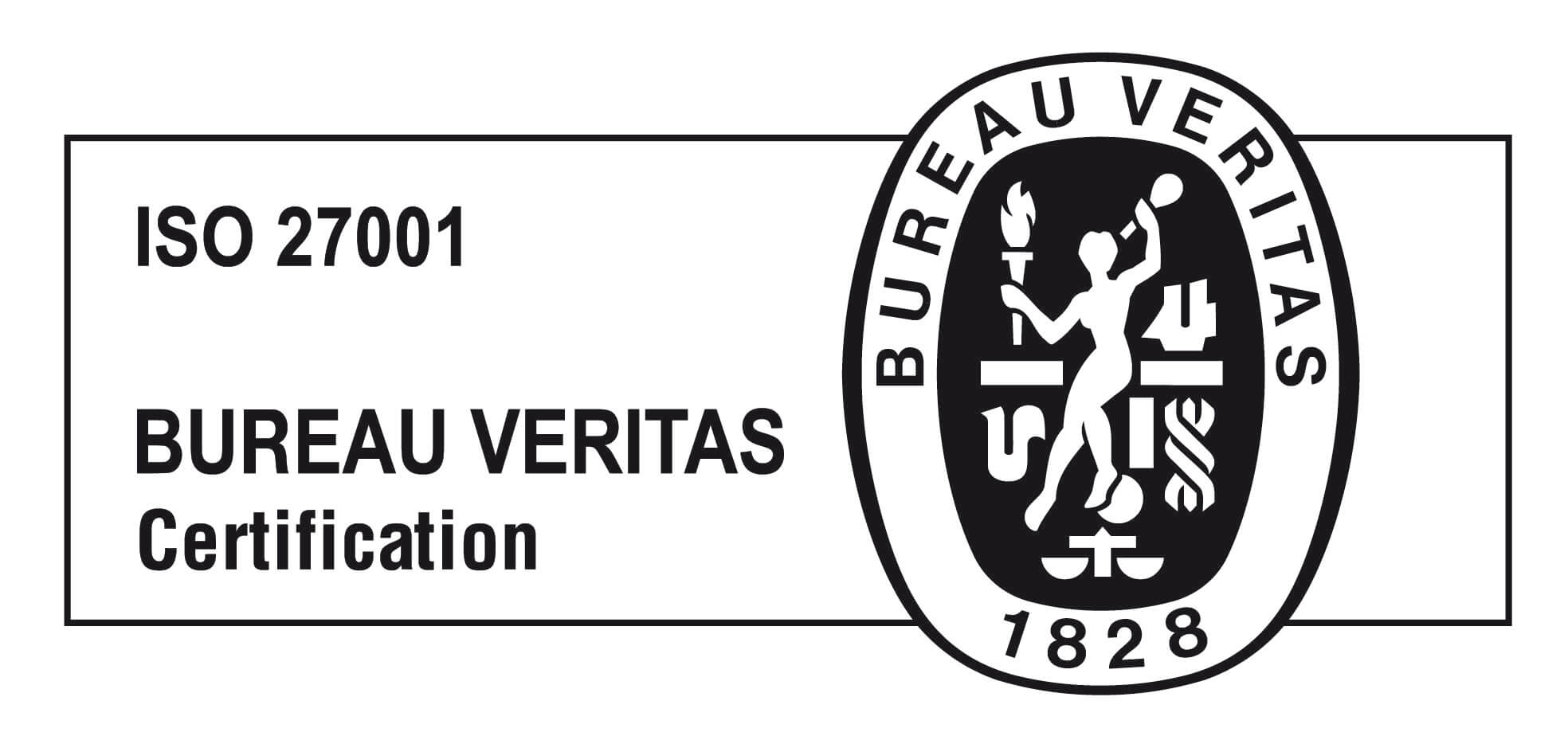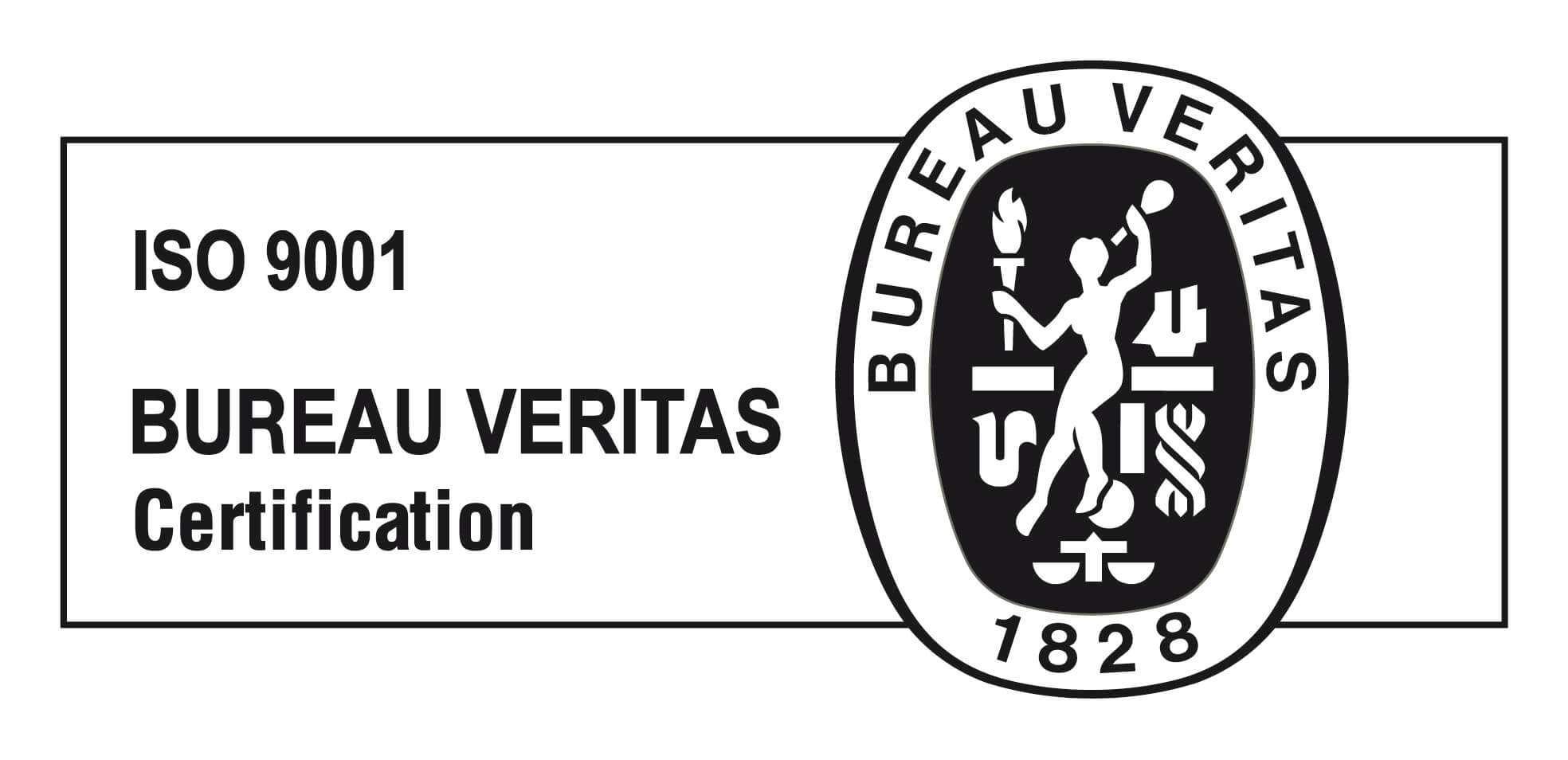At Bitergia we work with contributions and contributors to get metrics about them. Both meanings seem clear, however, both of them can be a little ambiguous, so in this blog post we are going to see what is a contribution and a contributor in the most famous free culture communities to see that sometimes the right tool gives you the right insight that you need.
The Free Culture CV
As we shared in the EsLibre Conference, our bitergian Pablo Hinojosa talked about there’s currently no common way to collect all of our contributions to any community, and we analyzed the current state, possibilities, and an outline of the technical implementation to have a self-generated CV of a contributor.
Example of Github contributor metrics using lowlighter/metrics
There are dozens of free communities where you can contribute, but there is no single place where you can count and display your contributions.
There are approaches to see your Github contributions and linktr.ee or key base that allow you to collect links of several communities you belong to, but there is no CV of contributions to free culture.
We debated a proposal -based on free software- to generate this CV and show our contributions in quantitative terms on the various platforms that exist on the internet.
Contributors and Contributions: What are they?
Firstly, is clear that a contribution is a change in the content of a community meanwhile, the contributor is the person who makes this contribution, lets deep dive into each of them to understand more about:
Contributors
Let’s start with a contributor. Is a contributor always a person? A contributor is a person but can be a bot too. That means a contributor is not always a person (even when the bot account is linked to another account of a person). Is a contributor an account of the platform? A contributor usually is an account of the platform, but since some communities like Wikimedia (Wikipedia… Wikimedia Commons…) accept anonymous contributions, you cannot state always a contributor is an account of a person.
Information about contributors at Wikimedia Stats
There are more questions like the two above. For example, is a contributor an account without contributions? Is a contributor a person who attends events but does not contribute (just contribute to spreading the word) or a sponsor?
Finally, not every contributor contributes in the same way and with the same activity. That is why the Wikipedia account has several user rights levels or some communities have active contributors and inactive contributors.
Contributions
Let’s continue with contributions. We stated that It is a change in the content of a community. For example in Github a contribution is a change in the code (commits with lines of code), but… is a reply in an issue a contribution?
In Wikipedia we measure the contributions in bytes, but if somebody says a hoax or common criticism of Wikipedia and another person argues and defends the community, is it not that person a contributor? Even when that person is not changing bytes.
GitLive real-time Github contributions
Or in OpenFoodFacts we have similar examples. In the list of ways you can contribute, you can see “add products” and “complete products”, which is a change in the content of the community, but they have both: “Tell the world” and “make it local” that are no changes in the content by itself, they are contributions in the way to make bigger the community, which is another kind of contribution.
How do we measure and get contributors and contributions metrics?
As you can see in the previous section, in terms of contributions, each community has a way to measure its contributions. For Wikimedia communities use the bytes, Github and Gitlab use commits (changes in lines of code) and OpenStreetMaps uses uploaded GPS points, nodes, ways, and relations.
Two nice ways to measure in real-time the current contributions of a community, in this case, Wikipedia and Github, are Listen to Wikipedia and GitLive.
Both tools give you an understanding of how big and active are these communities (Wikimedia has more than 68 million users and Github has more than 83 million “developers”), but it is difficult to get information segregated by the organization, repository, or language.

To measure and get contributors and contributions, at Bitergia we use Sorting Hat to manage the identities of the contributors in each community (data source), and we rely on the Onion model to perform an analysis based on the contributions, naming “core” to those contributing 80% of the activity, “regular” to those contributing the next 15% of the activity and “casual” to those contributing the last 5% of the activity.
As you can see, analyze contributor’s contributions can be a challenging task. If you need help with this issue, you can contact us and drop any question that you have. Also, to see how Cauldron or Bitergia Analytics Platform can help you to understand how your community and/or developers are contributing you can request a demo here.









